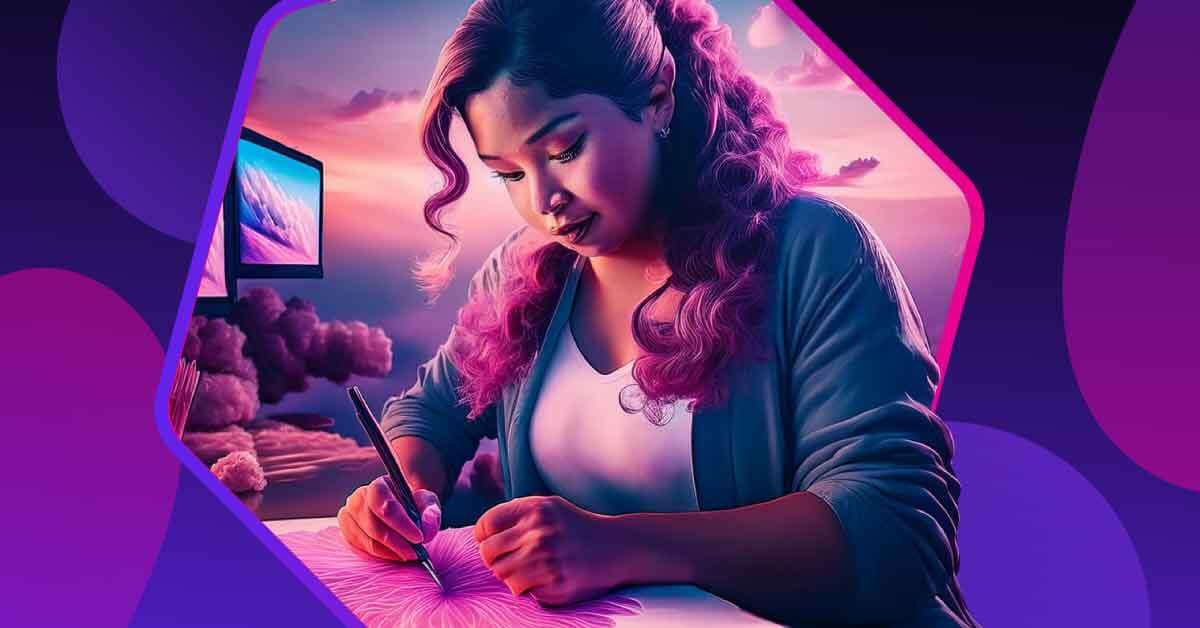
Do you remember the first time you saw an animated movie? Whether it was The Lion King, Frozen, or Toy Story, those hours in the theater felt like magic. Those moments when the characters came to life on screen felt almost too good to be true. But what you may not know is that those movies took years of hard work and dedication to create. Today, we’re going to take a look at the process of traditional animation and how it works.
What’s Traditional Animation?
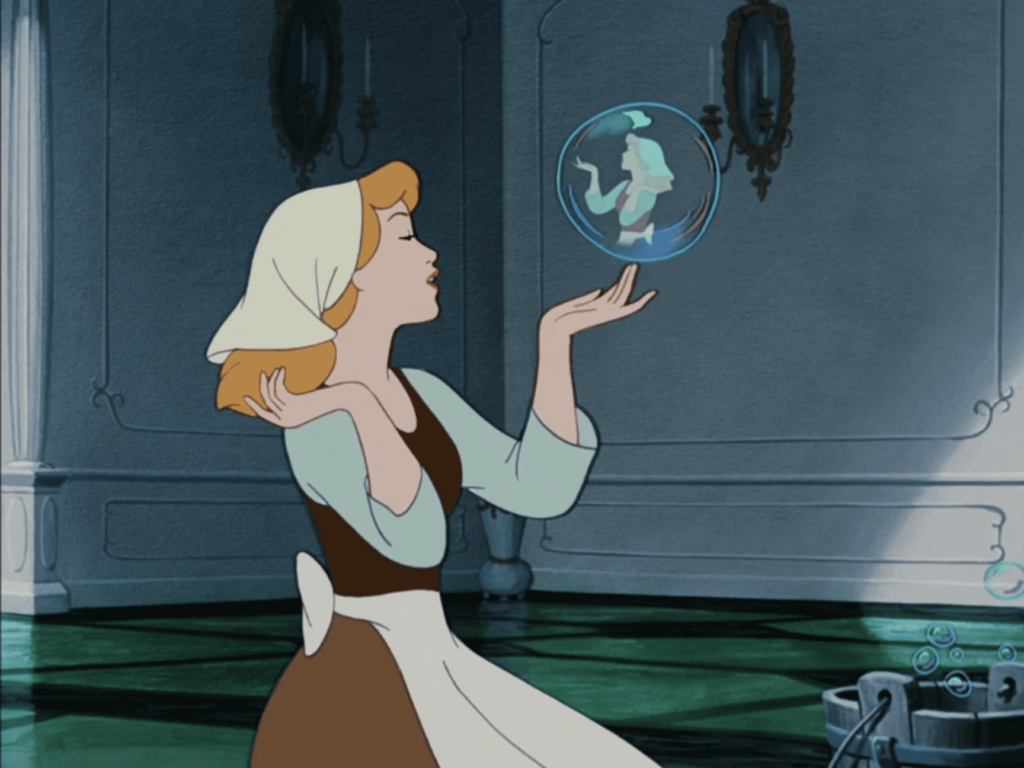
Traditional animation is an artistic medium where artists draw out a movement frame by frame. Basically, the artist will draw the same picture over and over again. Each of these frames, however, is drawn with a slight variation. So, when all of these images are viewed one after another, it creates the illusion of movement.
Have you ever tried to create an animation on the corner of a notebook? As kids, we’d often draw tiny cartoons on each page, showing the same character in different positions. In the end, we’d take the corner of that notebook, flip it real fast, and watch as our character moved around. If you’ve had experience with this, then you’ve had experience with traditional animation.
This art form is also referred to as cel animation. “Cel” stands for the word celluloid; a transparent sheet used for drawing purposes. Traditional animators will usually use celluloid along with their favorite pencils.
Each drawing is fed into a plastic cel. At that point, they a filled with paint and photographed one by one. This creates the full animation, portrayed on top of a painted background.
So, let’s say that you’re creating a short advertisement that consists of traditional animation. While your commercial may be short, the process behind said commercial is more than what it seems.
[in_content_ads gallery=”logos” logo=”on” title=”Need graphic design help?” subtitle=”Try Penji’s Unlimited Graphic Design and get all your branding, digital, print, and UXUI designs done in one place.” btntext=”Learn More” btnlink=”https://penji.co”]
Step 1: Storyboarding

Ask any animator, they’ll say this is the first step in all their projects. A storyboard is a sequence of drawings meant to represent the plot of a tv or movie production. While it may contain some dialogue and action-based commands, a storyboard is primarily made of drawings. A storyboard can be as long or short as you’d like, though its purpose should be to highlight major plot points and movements.
In some cases, this may double as a script. Many animation productions base their dialogue on storyboards. Other productions may be better off with an actual script. Either way, your animators will need a storyboard to begin the process.
Step 2: Recording

Image Credit: Davis Sánchez from Pexels
Before beginning your animations, you must record a preparatory soundtrack. This means that if you’re hiring animators for a commercial, you’ll also need to hire people to create the music and sound effects. If any of your characters have a speaking role, you’ll need to hire voice actors.
The first thing created within this process is the scratch track. This will only contain the sound effects and the voice actors. In the end, a full soundtrack will contain all elements of sound, music, and dialogue.
The full soundtrack should be created before the animation. This makes it easy to synchronize animations with voice acting and sound effects.
Step 3: Create an Animatic
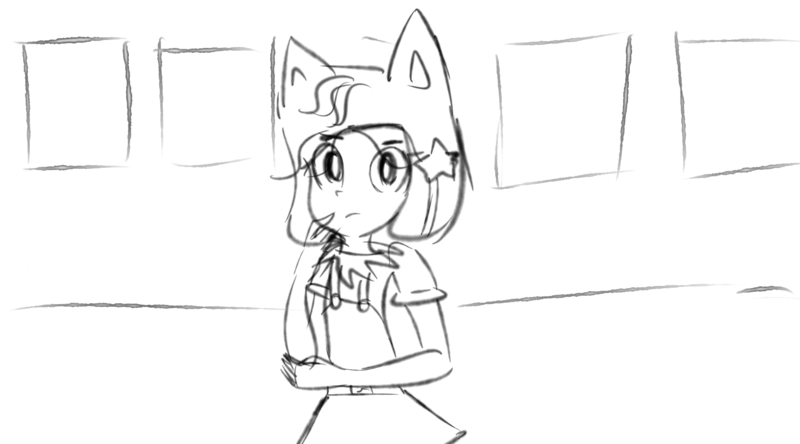
If you’re involved in the animation community, you’ve probably heard of or seen these things called “animatics.” But what exactly are they?
An animatic is a story reel that consists of image/sketch sequences. This is made to demonstrate an unpolished version of the final animation. Think of it as a rough draft. Usually, artists will make multiple animatics for you to choose from.
Step 4: Design Process
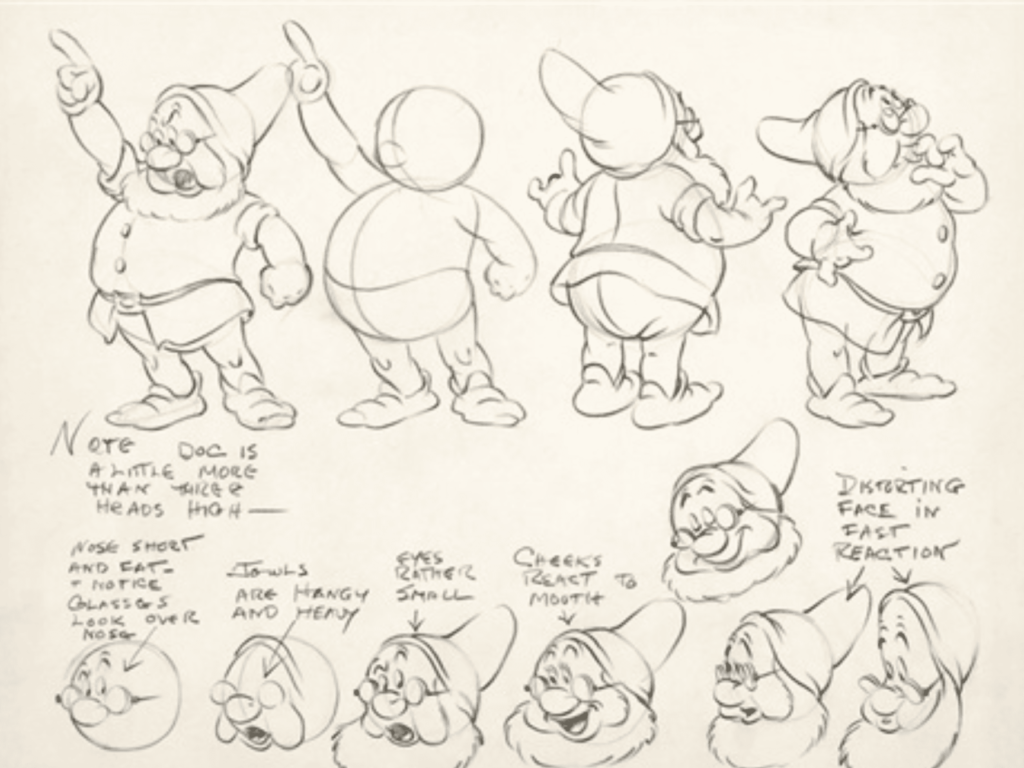
Once an animatic is chosen, it should be sent to your designers, along with any other assets (storyboards, sound, etc.). These designers will create model sheets, which portray how each character will look from each angle.
Models sheets will often include full body shots, as well as facial expressions and poses. This is so all animators involved are working with the same idea in their heads. After all, you don’t want your animation to look like each frame was drawn by a different person (although that may very well be the case). That’s why the design process is so important.
Of course, you can’t forget your setting and dialogue. Background Stylists will determine the color schemes and overall composition of your setting. Meanwhile, the timing director will analyze sound effects and dialogue to determine how the lips should move.
Step 5: The Layout

Your animations will need to consider the lighting and camera angles. They’ll need to create a final animatic complete with color, sound effects, camera angles, and lighting. Though of course, this won’t be fully animated.
Step 6: Finally, The Animation!
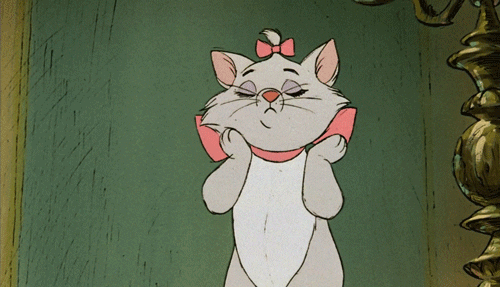
Whew! After all that trial and error, we’re finally at the good part; the animation process. It may take a lot to get here, but the results are worth it. After you approve the final animatic, this process can finally begin.
As stated before, traditional animation is achieved by drawing movement frame by frame. Throughout this process, time synchronization will become very important. Animators want the character’s actions to match what’s going on in the audio. So, that means multiple tests and revisions.
Animations will go through a constant cycle of testing and review until the director and producer (in this case, you) are satisfied with the result.
Don’t Forget About These Things

Image Credit: Michael Burrows from Pexels
Traditional animation is a long and tedious process, there’s no denying that. But there are certain things that animators can do to speed things up. Much of traditional animation can be done digitally, for instance. And when it comes to the actual process of animating, there are a few shortcuts that can be taken. For example, animators can use rotoscoping to trace over live-action footage, saving them the trouble of having to draw every frame from scratch. Or they could use traditional cel animation techniques, like limited animation or even stop-motion animation. Whatever the case may be, there are ways to make traditional animation a little less traditional – and a lot less time-consuming.









